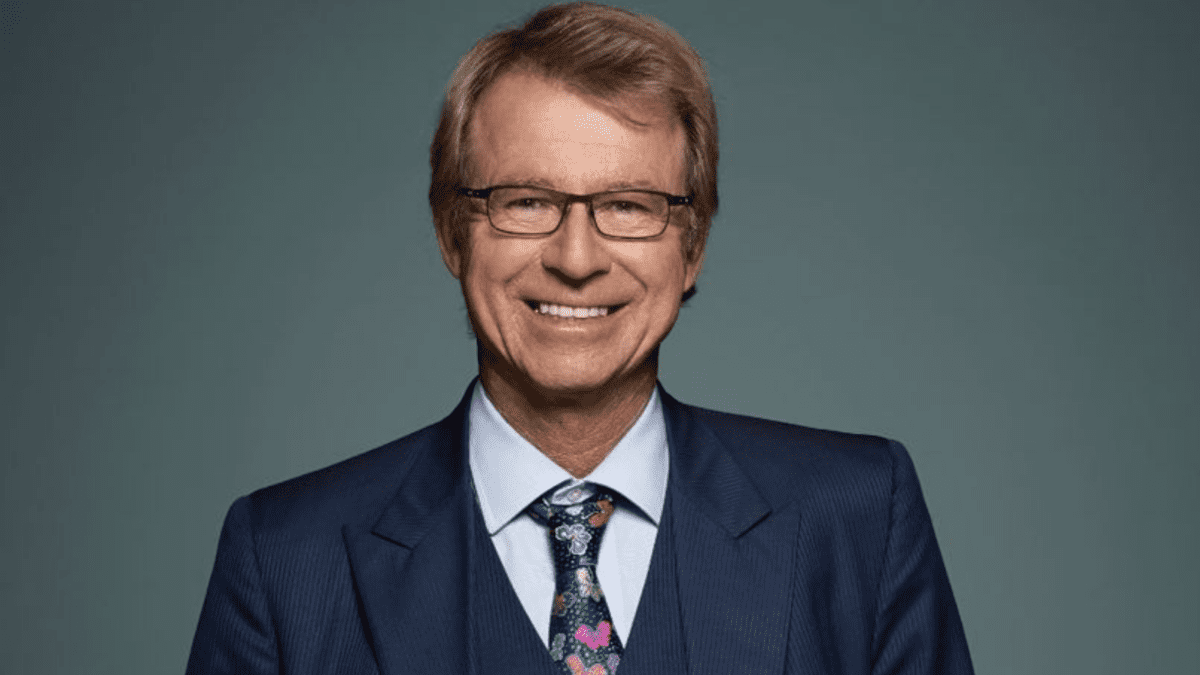The top five fallacies of managed funds
Exchange-traded funds (ETFs) have been all the rage in Australia and around the world for several years now. Despite their success and popularity, the sector at last count represents just $100 billion of a $4.3 trillion broader asset market in Australia. By and large, the vast majority of assets remain invested in traditional managed funds, yet they remain misunderstood by the majority of investors that own them.
In this short article, I highlight five of the most common fallacies about investing in managed funds, the first of which is that they operate under a complex structure.
Managed funds are actually incredibly simple; they operate in a similar way to a traditional family trust. That is, the trust receives funds from investors (or family members in the case of a family trust), invests those funds into a series of companies and then distributes any income and capital gains to the investors each year.
The biggest difference to a family trust is that managed funds are unitised, meaning for every dollar you invest you receive a representative number of units, and they are revalued every single day. An important consideration here is that trusts are not tax-paid entities, rather they are pass-through entities, and all profits must be distributed every year.
Distributions are among the other common misconceptions of funds with investors having the perception that they do not provide income like investing in a bank stock or other yield-generating stocks like Telstra. They most certainly do, but the key difference is that these distributions are made only once per year, sometimes twice, and will include both dividends received as well as realised capital gains. In some years, distributions could be as high as 10 per cent, and in others zero, hence tracking these payments over the long-term is key.
Illiquidity is often quoted as the biggest risk of managed funds but that is by far the biggest fallacy and generalisation in the sector. The liquidity of a managed fund is determined by the underlying assets in which it invests. That is, if you are investing into a fund that holds Australian shares, you will be able to redeem your investment as quickly as those shares can be sold; or T+2 days. For global shares, the timing is slightly longer, as it involves both the settlement of shares and in most cases the return of funds from overseas of USD accounts.
Managed funds have the benefit of always providing the investor with the end-of-day value of the underlying assets, measured by a custodian, as opposed to listed investment companies (LICs), and in rare cases ETFs, where users may be selling shares at a discount to their fair value.
The active vs. passive debate continues to rage, with index providers like Standard & Poor’s regularly highlighting that as many as 80 per cent of all active funds managed to underperform the market. This is generalised to suggest that investors should avoid all actively managed funds; however, the results are significantly different. The universe of investments assessed is far larger than the actual range of funds into which any informed investor would consider investing, meaning the data is generally tilted to underperformance. Ultimately, the performance of a fund is driven by the individual stock selection of the manager and has nothing to do with the managed fund structure.
The final fallacy is that all funds are expensive, which certainly applies in some cases, but this is an issue that isn’t solely restricted to managed funds. It is the same in every part of the market. Actively managed funds, or ETFs, are only expensive if they aren’t performing. But more broadly, we are seeing a global trend towards significantly lower management fees for both global and domestic equities, which are bringing fees down from 1.5 per cent to in some cases just 0.7 to 0.8 per cent. One way to reduce these further is in partnering with an adviser who has the purchasing power to negotiate discounts.









